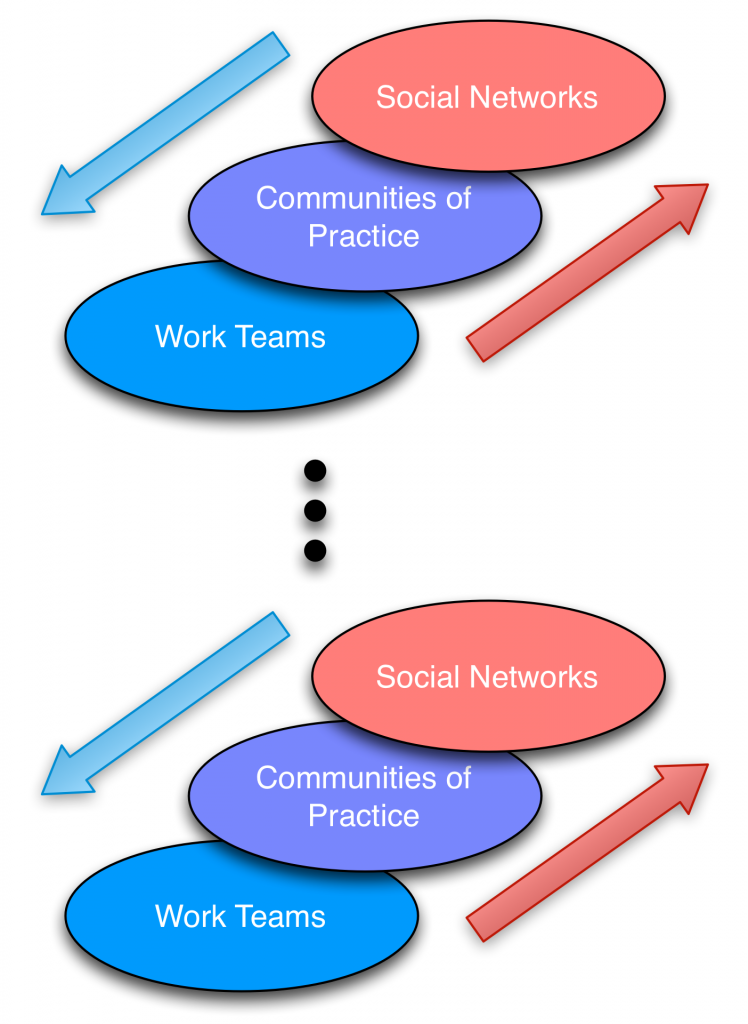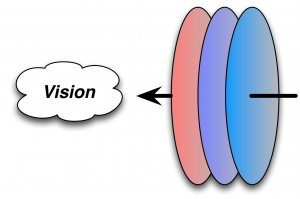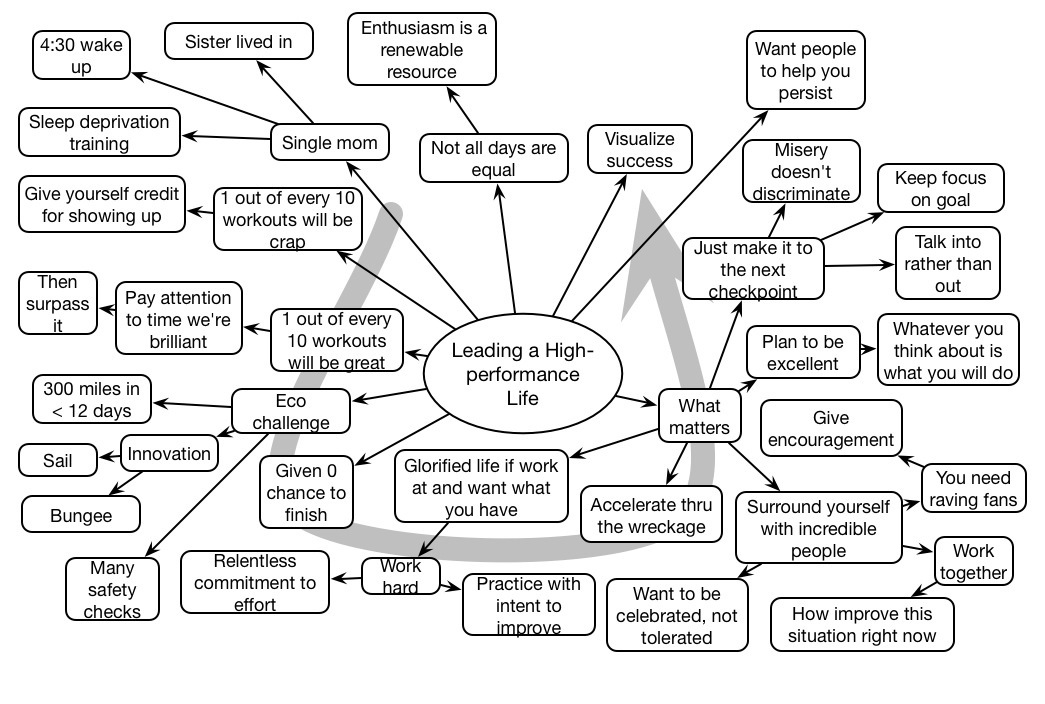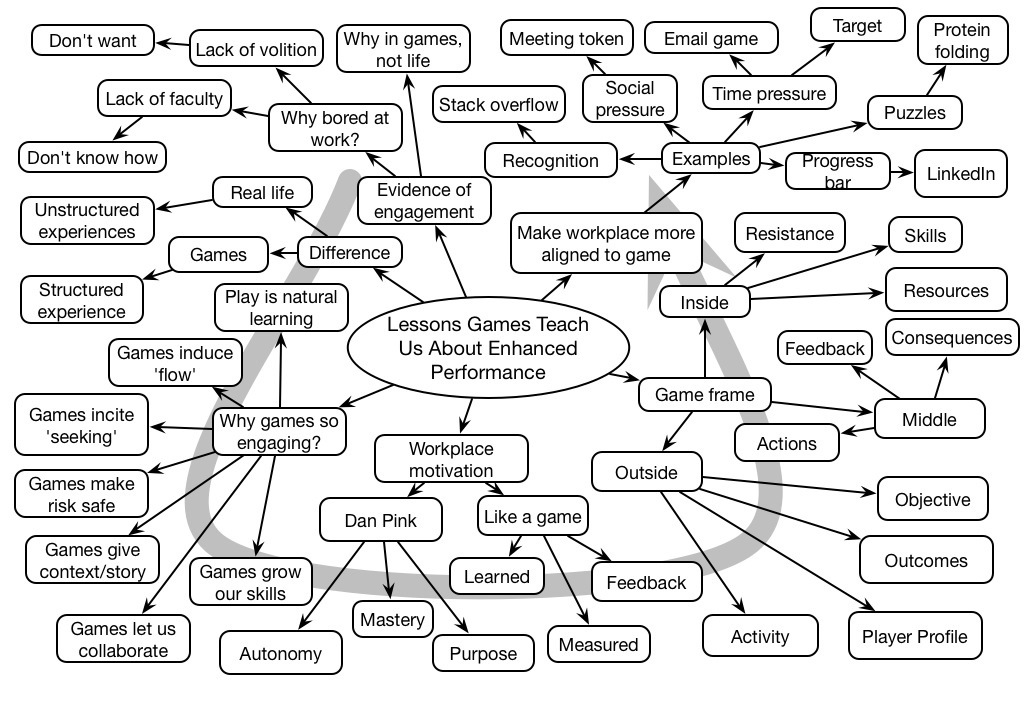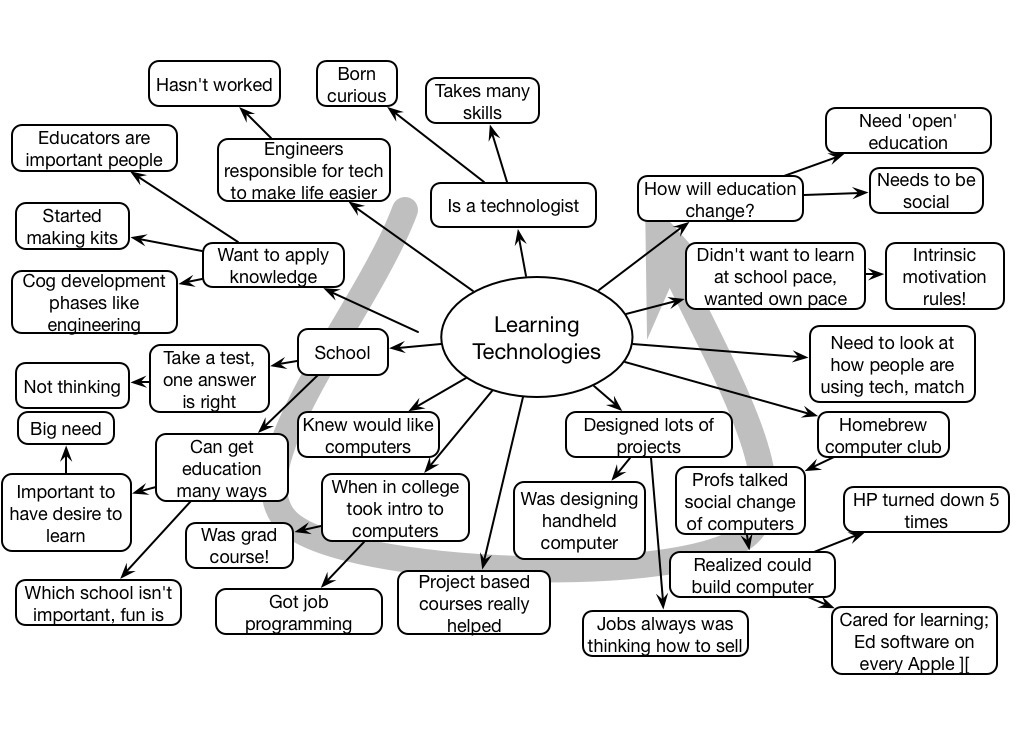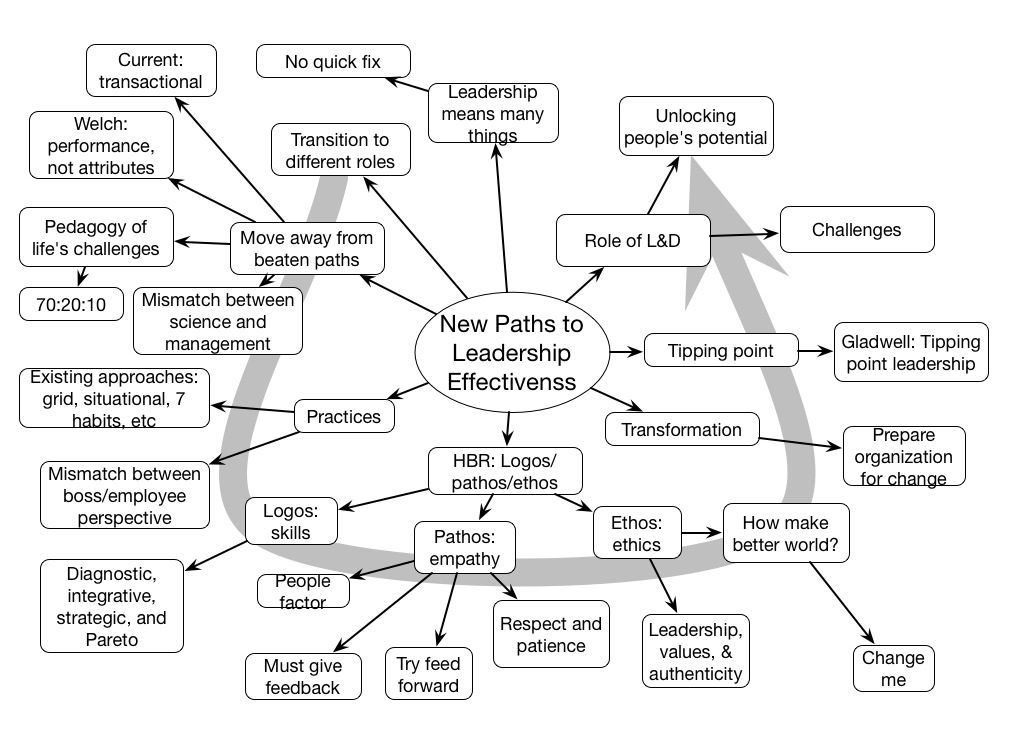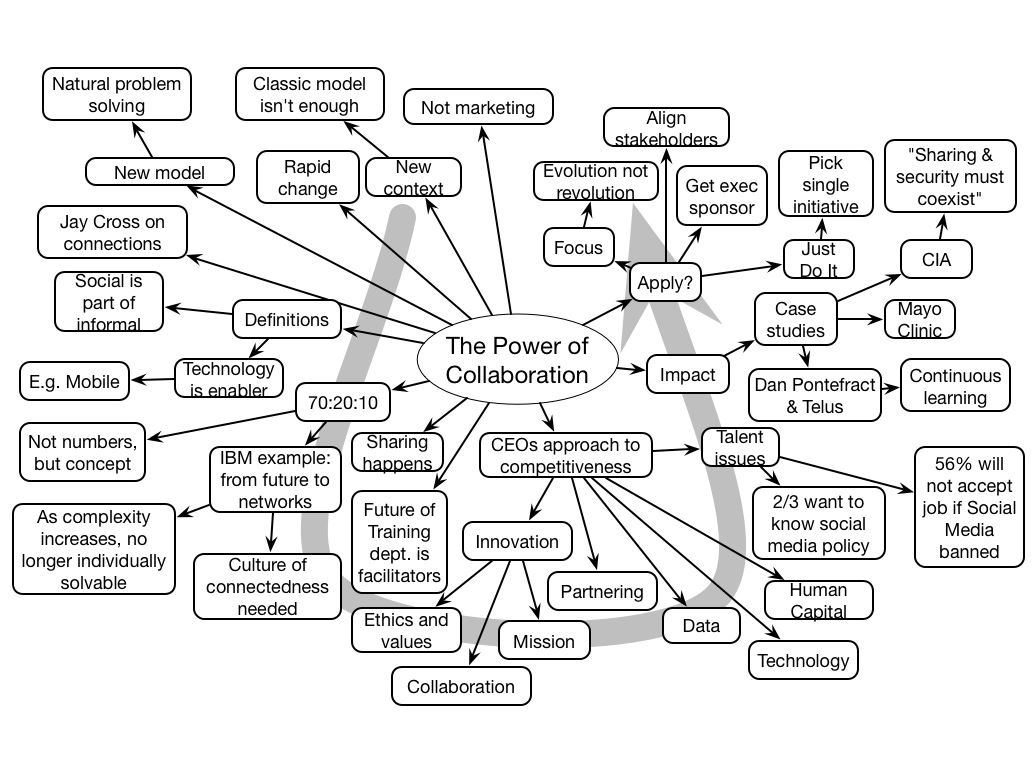In thinking about how organizations can ‘learn’, it strikes me that everyone needs to be simultaneously learning and teaching. How does that happen? I think it can be scaffolded, but it may also be an inherent trait.
A number of us are talking more about working out loud: Jane Bozarth and Harold Jarche talk about ‘narrating your work’, while I go on about ‘thinking out loud’ and ‘learning out loud’. The point is capitalizing on the benefits that come from putting your thoughts out: people can give you feedback, helping you learn; and folks can learn from you.
And, as I’ve said before, conversations are the engine of business. You need to be interacting to be advancing.
The recent story of Marissa Mayer, CEO of Yahoo, struck me as an interesting case. Here she’s bringing in folks who’ve been working remotely, or to put it another way she’s not allowing telecommuting any more. While there are obvious downsides, I can think of two justifications for that step:
- to get everyone back on the same page in regards to mission and vision
- to have folks sharing more
Both of these would be good outcomes for Yahoo. And I can see in both cases that it could be temporary: once you get the mission message shared, and have developed a culture of and infrastructure for sharing, folks could then again work from where they want. Of course, I have no idea whether that will actually happen.
The interesting thing for me was to contemplate those folks who don’t share. What to do? I know of folks who are happy to sit at home and do their job, and aren’t necessarily interested in the larger picture. What do you do? Sometimes these folks have useful skills. And they may have their own methods of keeping up to date. But if they’re not sharing, not contributing, what’s the overall picture?
And the thought occurred to me that those are folks that you bring in as contractors or consultants, but not as employees. Particularly in the case of a ‘no fire’ policy, who do you want on board? It seems to me that the employees you want are the ones who are continually learning and contributing to the organization’s overall knowledge.
Sure, there’s lots more you’d have to get right: safety to speak out loud, tolerating diversity, openness to new ideas, but having folks who are willing to learn together seems to me to be one criteria for an organization that will thrive.
So, is this a plausible component of a hiring policy? Those who demonstrably narrate their work are the ones to attract, develop, and reward?
#itashare
